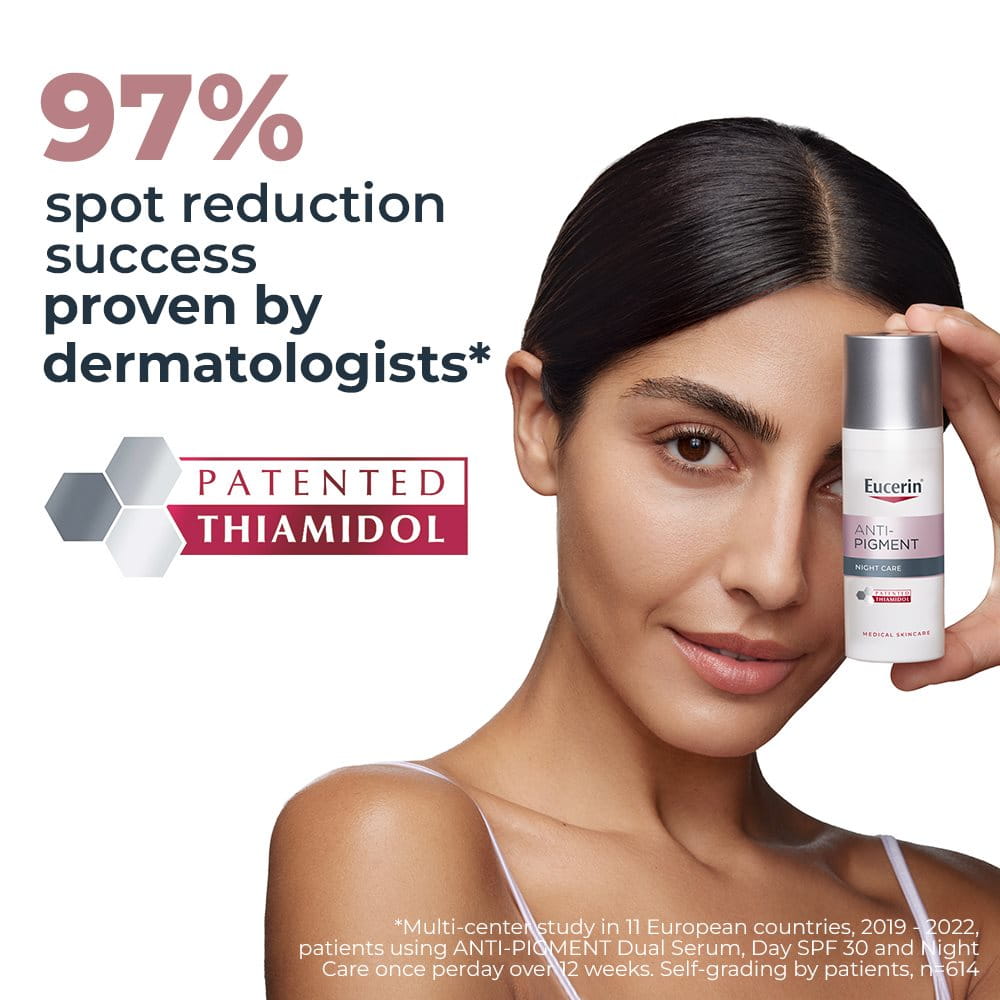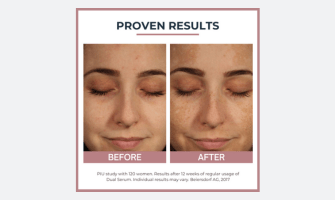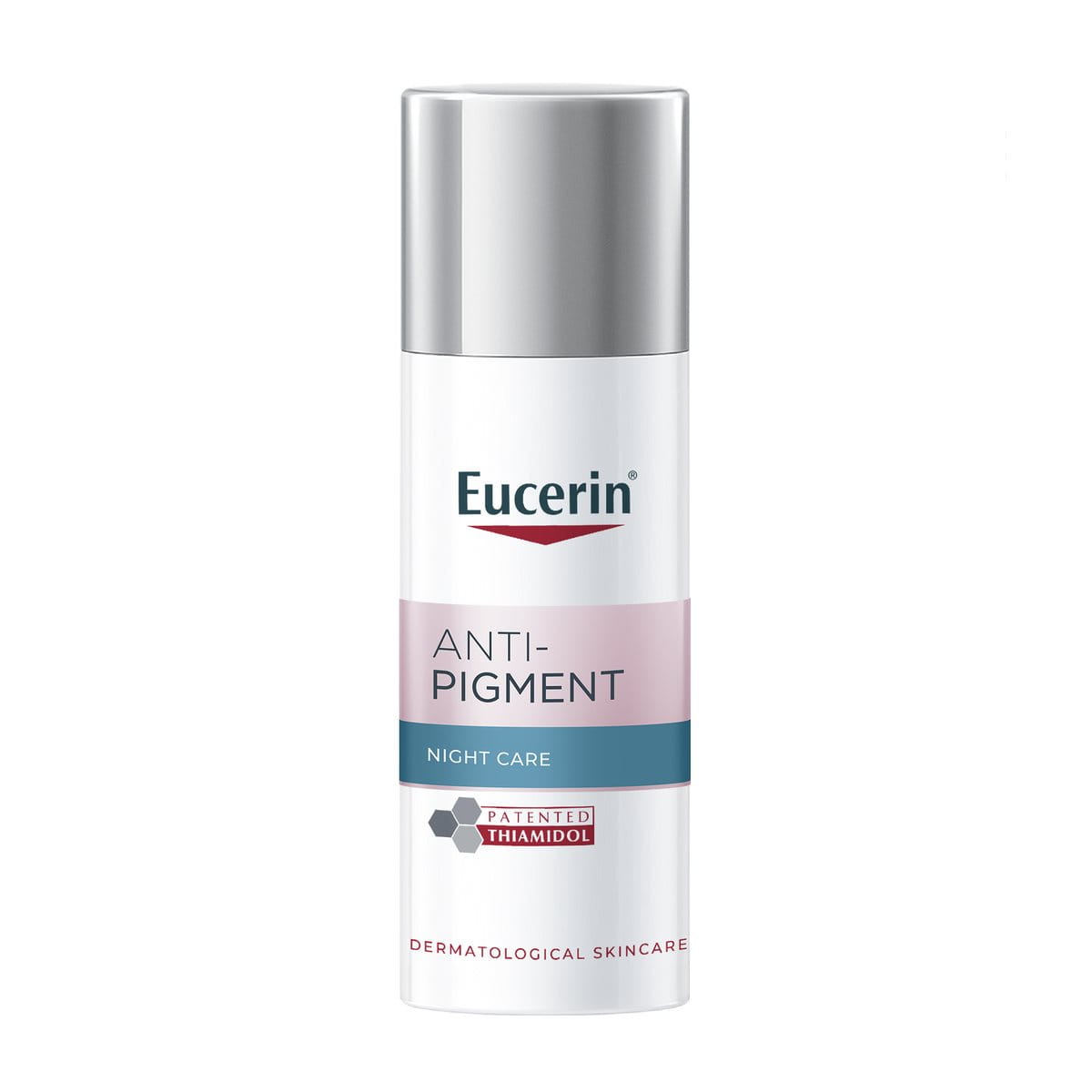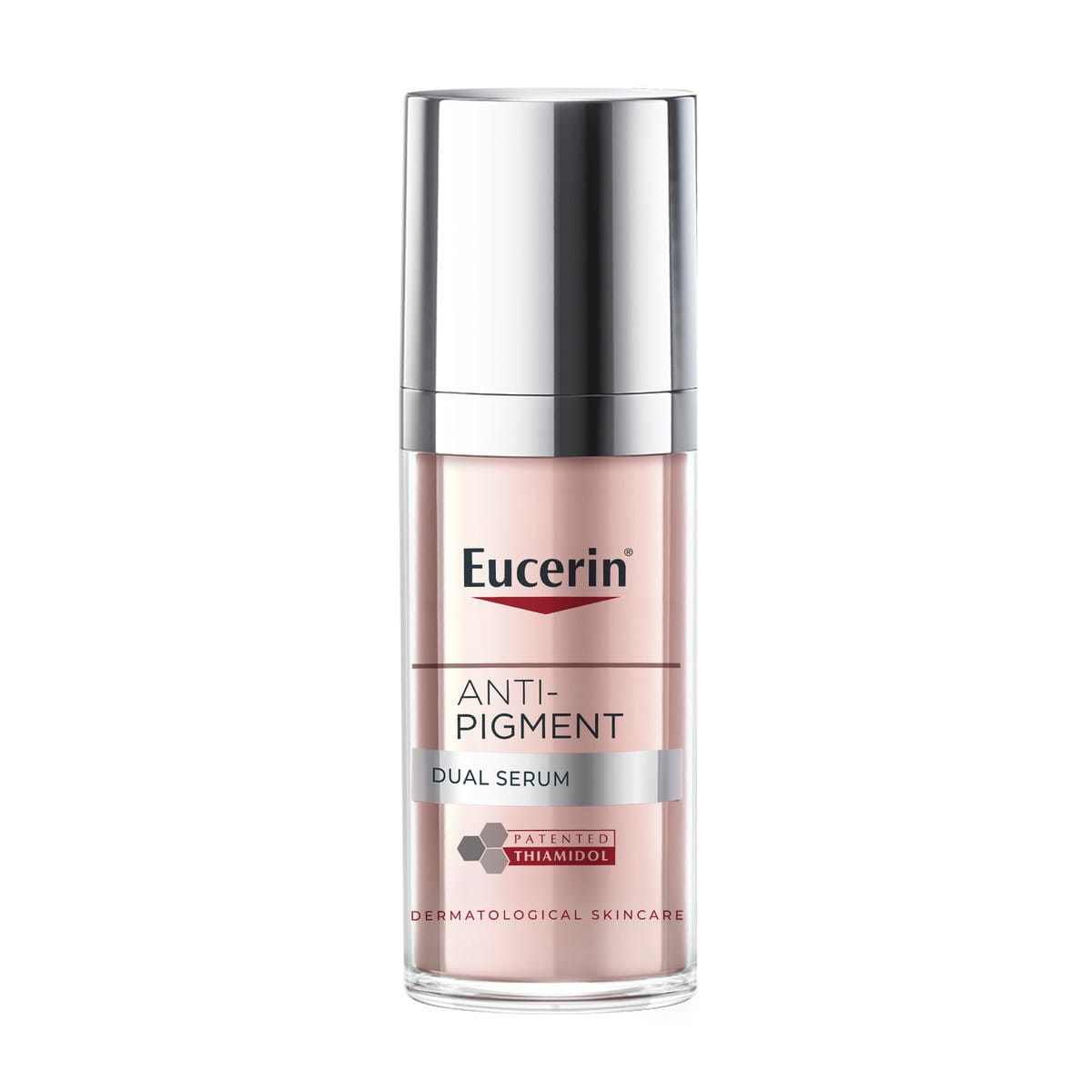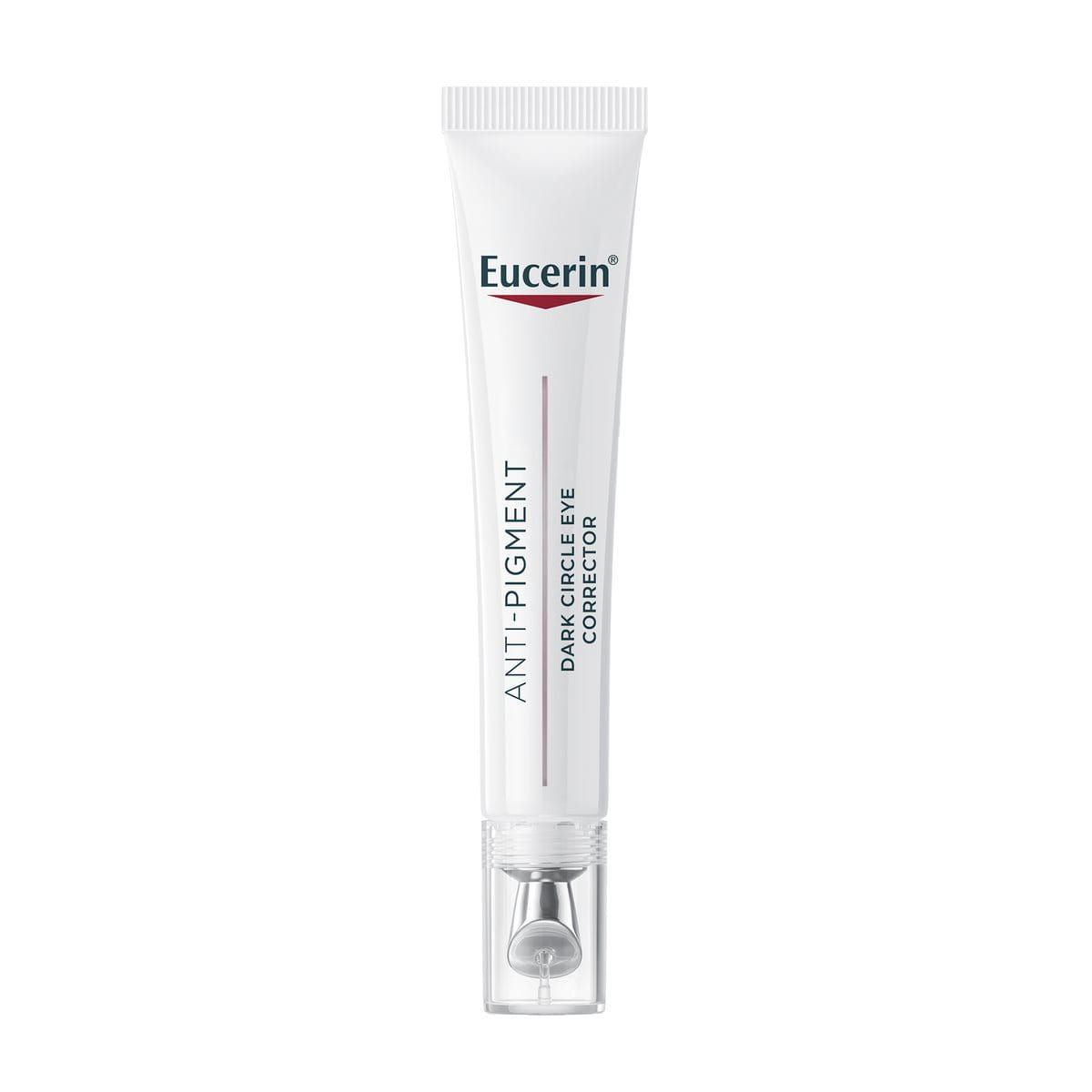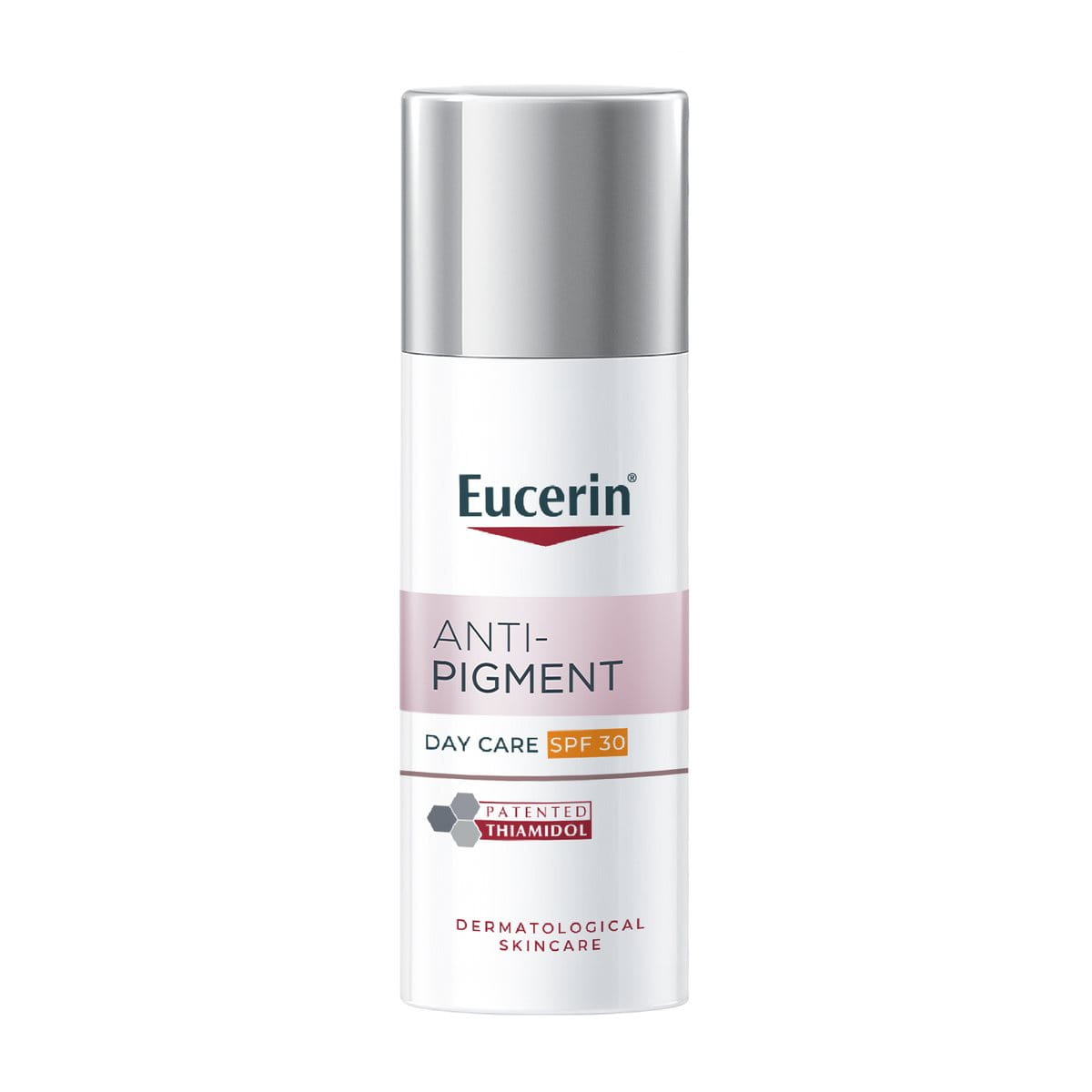Even-toned, radiant skin is a goal that many of us share. But sun exposure, acne scars, and the natural aging process can all lead to hyperpigmentation, dark spots, and wrinkles.
Fortunately, the world of skincare offers a wealth of powerful ingredients to help us achieve a more flawless complexion. Among these, Thiamidol and Retinol have emerged as particularly effective options.
Keynotes:
- Thiamidol and Retinol are two powerhouse ingredients with unique benefits for skin care.
- Thiamidol is effective for reducing dark spots, while Retinol has anti-aging properties.
- Using Thiamidol and Retinol together can enhance your skincare routine, offering both clarity and smoothness.

